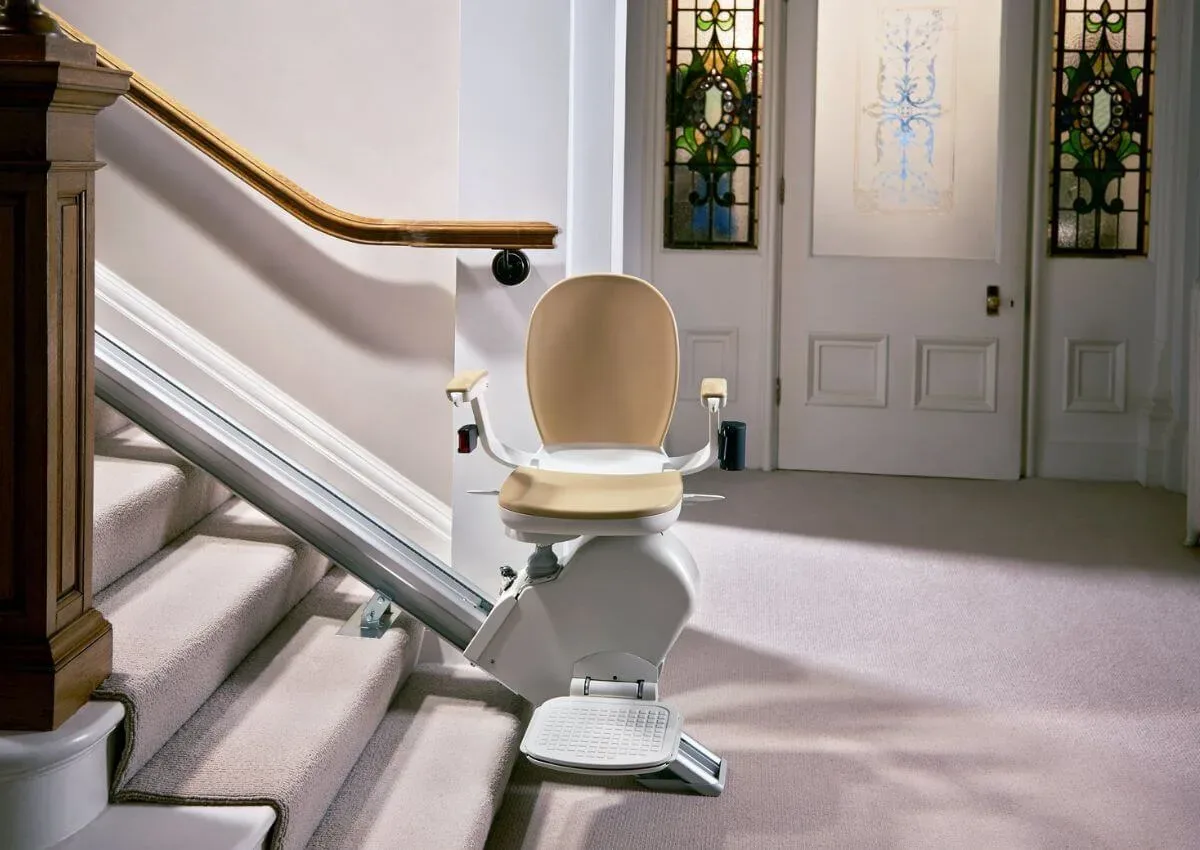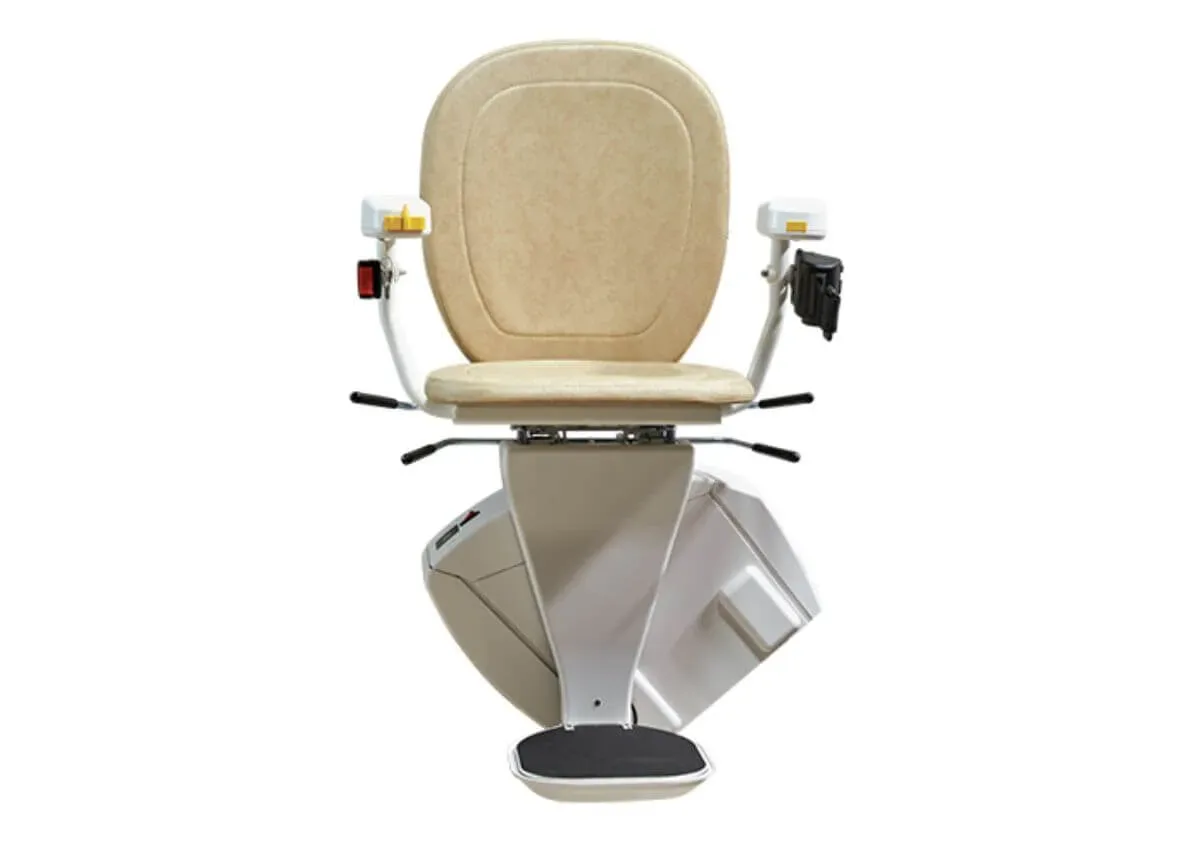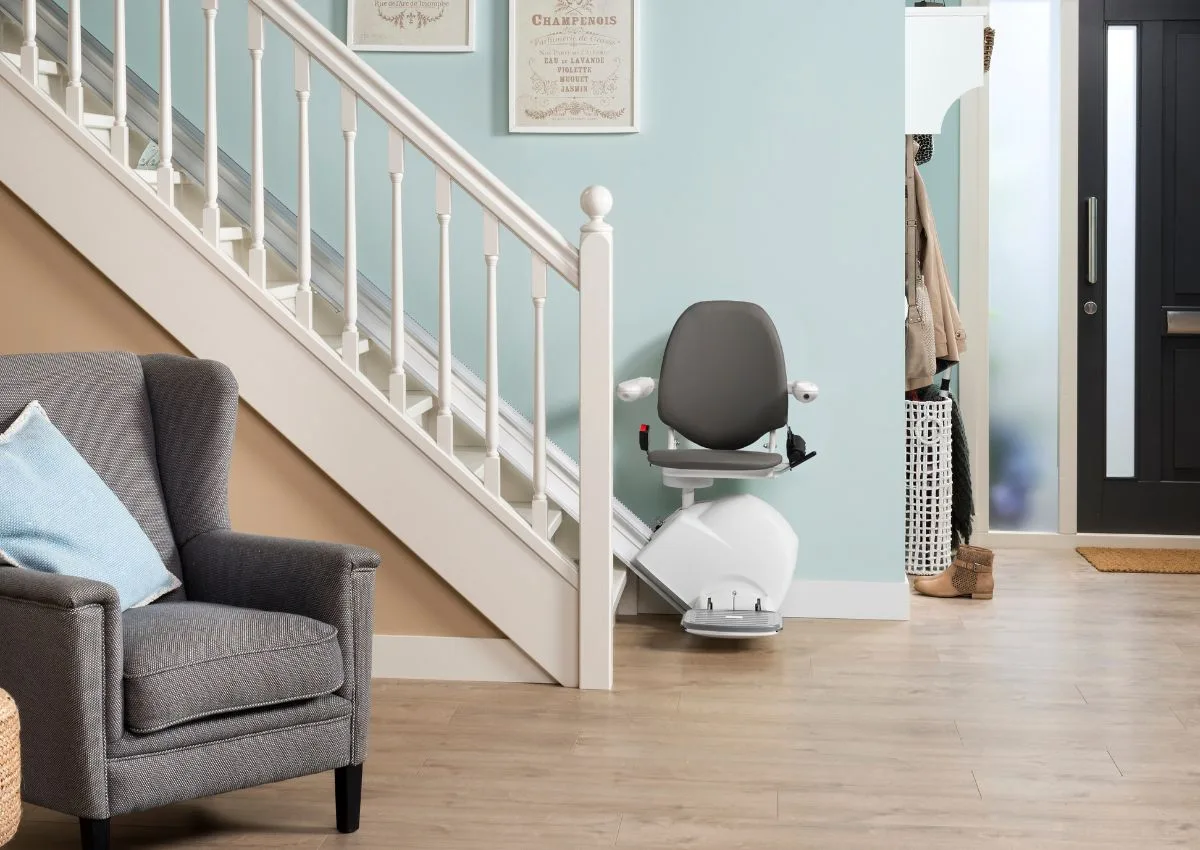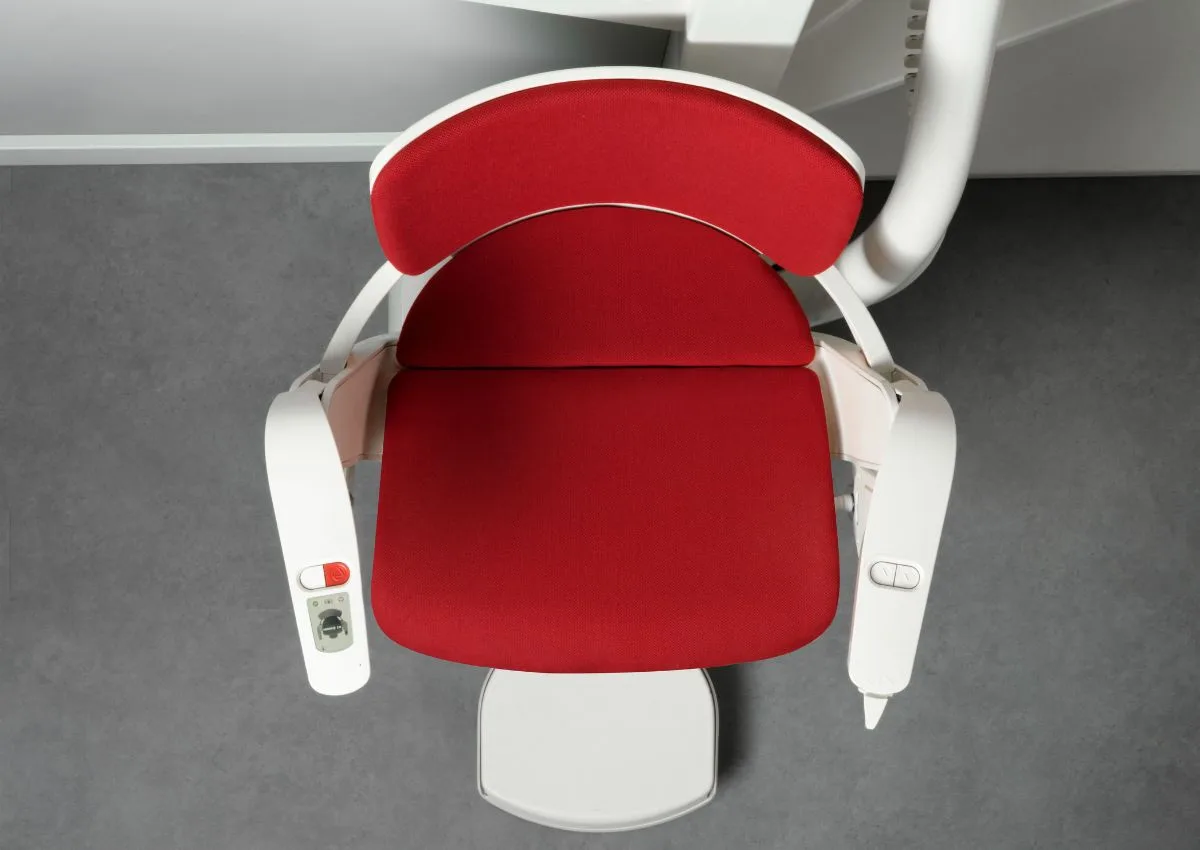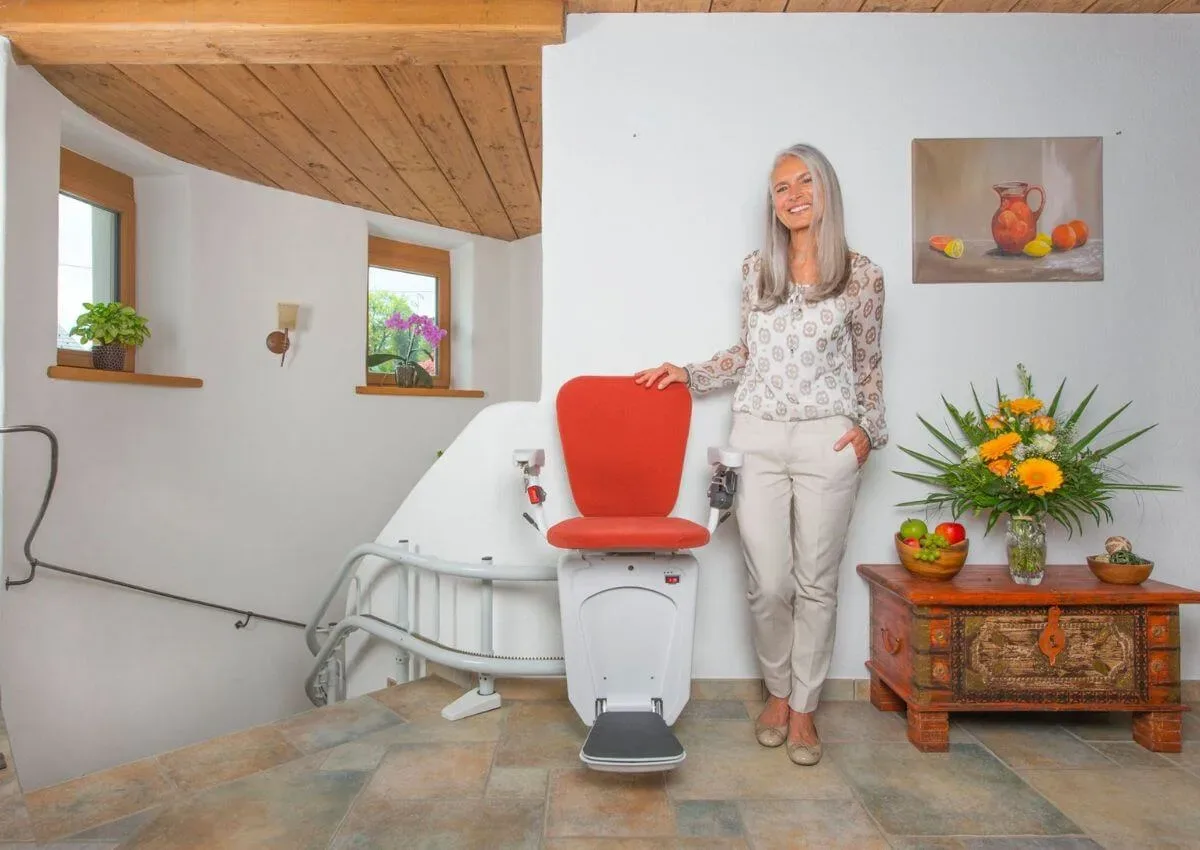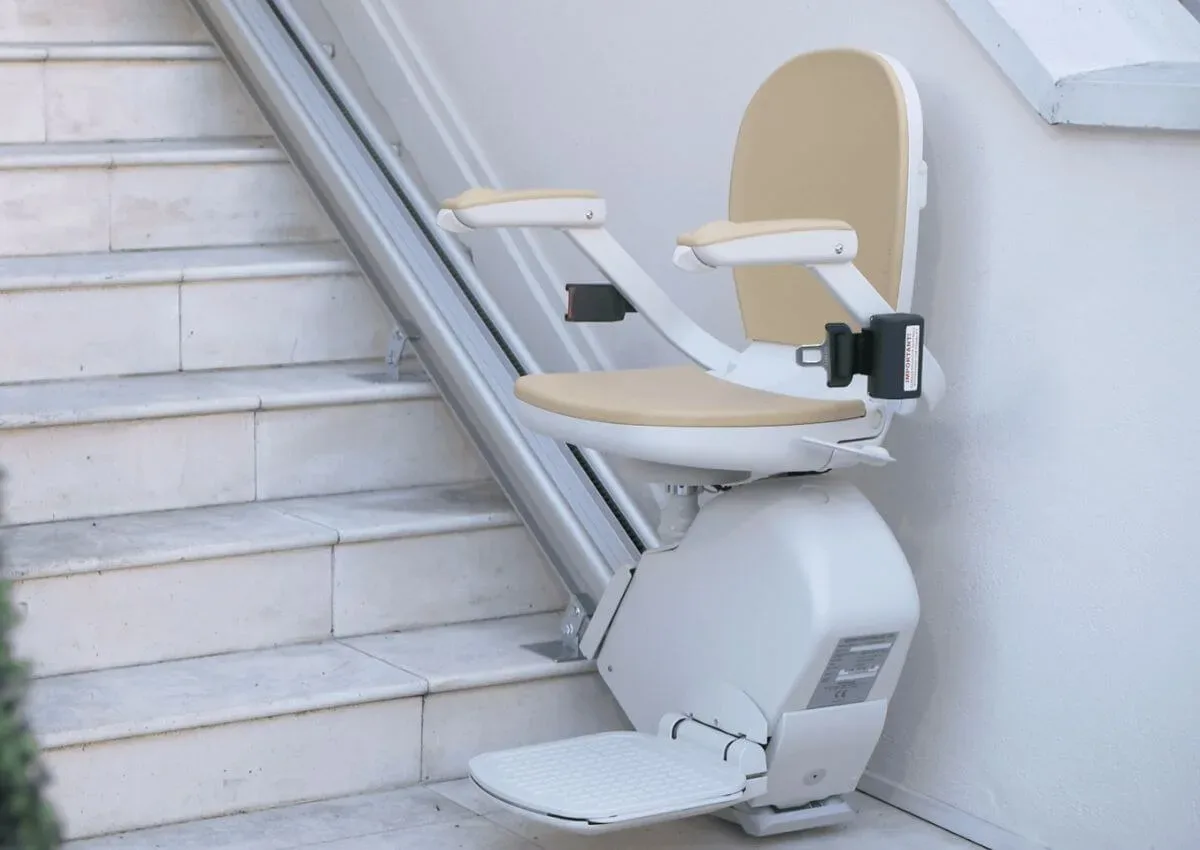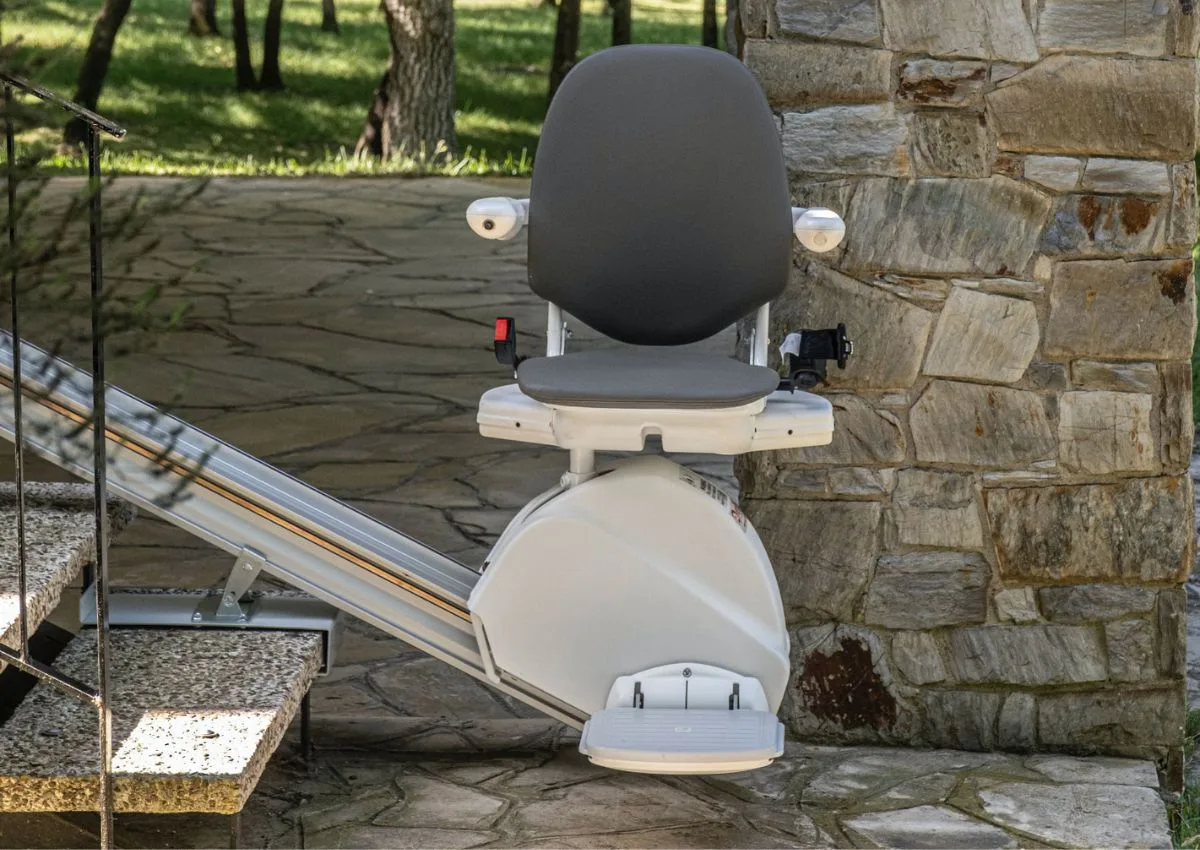
The Comprehensive Stairlift Buying Guide
Stairlifts, also known as chair lifts, are essential mobility aids that provide independence and safety to individuals with limited mobility. They offer a practical solution for navigating stairs within a home, allowing users to move comfortably between different levels of their house. This comprehensive buying guide covers all aspects of purchasing a stairlift, helping you make an informed decision for yourself or a loved one.
What Is a Stairlift?
Who Can Benefit from a Stairlift?
Now that you understand what a stairlift is and who can benefit from one, let's explore the various types of stairlifts available.
Types of Stairlifts
Straight Stairlifts
- Designed for standard, straight staircases with no turns or curves.
- Simpler installation and generally more affordable compared to curved stairlifts.
- Suitable for homes with a single, unbroken flight of stairs.
- Cost-effective solution for homes with straight staircases.
- Quick and straightforward installation.
Not suitable for staircases with any turns, landings, or curves.
Curved Stairlifts
- Custom-built for staircases with curves, turns, or intermediate landings.
- Precision measurements and tailored design to fit the unique staircase.
- More complex installation process.
- Ideal for homes with intricate or multi-level staircases.
- Provides a smooth and continuous ride on curved stairs.
- Typically, more expensive than straight stairlifts.
- Longer installation time due to customization.
Outdoor Stairlifts
- Designed to withstand outdoor elements, including rain, snow, and UV exposure.
- Suitable for accessing porches, decks, or outdoor areas with stairs.
- Ensures outdoor mobility, allowing access to gardens, patios, or outdoor recreational areas.
- Weather-resistant and durable construction.
- Limited to outdoor use only.
- Requires regular maintenance to preserve outdoor durability.
Standing Stairlifts
- Designed for users who have difficulty sitting or bending their knees.
- Allows users to stand or perch during the ride.
- Equipped with safety features for standing positions.
- Ideal for individuals with knee or hip issues.
- Takes up less space than seated models.
- May require additional strength and balance compared to seated models.
- Not suitable for users who cannot stand without assistance.
Assessing Your Needs
Evaluate the Staircase
Identify any obstacles or obstructions on the stairs, such as handrails, doors, or walls, that may affect the installation.
Note: if your staircase has any intermediate landings or turns. Curved stairlifts are designed for such configurations.
Consider User Needs
Assess the user’s mobility level and whether they require a seated or standing stairlift.
Setting a Budget
Stairlift Price Range
These are generally more affordable, with prices starting around INR ₹1,20,000 to ₹3,00,000 including installation.
Due to their custom nature, curved stairlifts are more expensive, typically ranging from INR ₹5,50,000 to ₹15,00,000 or more, depending on the complexity of the staircase.
Prices for outdoor models are similar to curved stairlifts, ranging from INR ₹1,75,000.00 to ₹11,70,000.00 but may vary based on specific requirements.
Prices for standing stairlifts can range from INR ₹2,10,000 to ₹3,50,000, depending on features and installation.
Measuring Your Stairs
Importance of Accurate Measurements
Professional Measurement Services
Stairlift Installation {DIY vs. Professional Installation}
DIY Stairlift Installation
- Potentially lower installation cost.
- Complete control over the installation process.
- Faster installation for straight stairlifts.
- Risk of incorrect installation, leading to safety hazards.
- Warranty may be voided if not installed proper by a certified technician.
- Complex installation for curved staircases is not recommended for DIY.
Professional Stairlift Installation
Installation Timeframe
Installation for straight stairlifts is relatively quick, often taking a few hours to a day.
Safety Features
Essential Safety Features
A secure seatbelt ensures the user remains safely seated during the ride.
An easily accessible emergency stop button halts the stairlift in case of a sudden issue or emergency.
User Comfort
Ergonomic Design
Evaluate the comfort of the seat, including its cushioning and backrest support.
Ease of Use
Battery-Powered Stairlifts
- Operate during power outages: Battery-powered stairlifts continue to function even when the home’s power is out, ensuring uninterrupted mobility.
- Battery replacement: Batteries require periodic replacement, typically every 2 to 3 years, adding to maintenance costs.
Warranty and Maintenance
Understanding Warranties
Inquire about the length of the manufacturer’s warranty for your stairlift. Warranties typically range from 1 to 2 years or longer.
Maintenance Requirements
Have a plan in place for addressing any unexpected issues or malfunctions, including access to repair services.
After Sale Service
Clarifying Any Doubts
Conclusion
Purchasing a stairlift is a significant decision that can greatly enhance the quality of life for individuals with limited mobility. By following this comprehensive buying guide, you can make an informed choice that meets your specific needs, budget, and safety requirements.
Remember that the comfort, safety, and long-term usability of the stairlift should be your top priorities. Consult with reputable suppliers, assess your staircase carefully, and prioritize user comfort and safety features to ensure a smooth and secure ride for years to come.
With the right stairlift, you or your loved one can regain independence and continue enjoying the comforts of home without the limitations posed by stairs. Make your stairlift purchase with confidence, knowing that you’ve taken all the necessary steps to make an informed decision.

